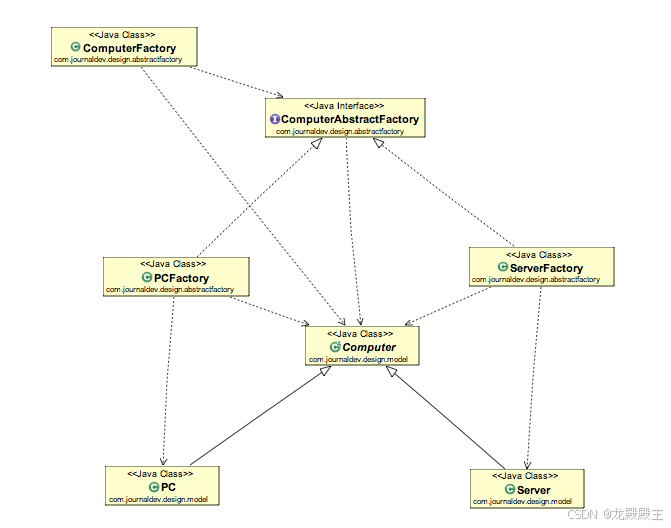回文链表
题目描述:
给你一个单链表的头节点 head ,请你判断该链表是否为回文链表。如果是,返回 true ;否则,返回 false 。
示例 1:
输入:head = [1,2,2,1] 输出:true
示例 2:
输入:head = [1,2] 输出:false
提示:
- 链表中节点数目在范围
[1, 105]内 0 <= Node.val <= 9
进阶:你能否用 O(n) 时间复杂度和 O(1) 空间复杂度解决此题?
方法一思路分析:
反转链表的一半
代码实现:
public class Solution { public boolean isPalindrome(ListNode head) { // 如果链表为空或只有一个节点,直接返回true if (head == null || head.next == null) { return true; } // 使用快慢指针找到链表的中点 ListNode slow = head; ListNode fast = head; ListNode prev = null; while (fast != null && fast.next != null) { prev = slow; slow = slow.next; fast = fast.next.next; } // 如果链表长度为奇数,则跳过中点 if (fast != null) { slow = slow.next; } // 反转链表的后半部分 ListNode secondHalfHead = reverseList(slow); // 比较前半部分和反转后的后半部分 ListNode p1 = head; ListNode p2 = secondHalfHead; while (p2 != null) { if (p1.val != p2.val) { return false; } p1 = p1.next; p2 = p2.next; } return true; } // 反转链表的方法 private ListNode reverseList(ListNode head) { ListNode prev = null; ListNode curr = head; while (curr != null) { ListNode nextTemp = curr.next; curr.next = prev; prev = curr; curr = nextTemp; } return prev; }
}方法二思路分析:使用栈
遍历链表,将遍历到的每个节点的值压入栈中。然后,再次遍历链表,同时从栈中弹出元素,比较从链表中取出的元素和从栈中弹出的元素是否相等。如果所有元素都匹配,则链表是回文的。
public class Solution { public boolean isPalindrome(ListNode head) { Stack<Integer> stack = new Stack<>(); ListNode curr = head; // 遍历链表,将值压入栈 while (curr != null) { stack.push(curr.val); curr = curr.next; } // 再次遍历链表,同时从栈中弹出元素进行比较 curr = head; while (curr != null) { if (curr.val != stack.pop()) { return false; } curr = curr.next; } return true; }
}方法三思路分析:使用数组
遍历链表,将遍历到的每个节点的值存储在一个数组中。然后,使用双指针技术(一个从头开始,一个从尾开始)来比较数组中的元素。这种方法的空间复杂度是O(n),其中n是链表的长度。
public class Solution { public boolean isPalindrome(ListNode head) { List<Integer> vals = new ArrayList<>(); ListNode curr = head; // 遍历链表,将值存储在数组中 while (curr != null) { vals.add(curr.val); curr = curr.next; } // 使用双指针比较数组中的元素 int i = 0, j = vals.size() - 1; while (i < j) { if (!vals.get(i).equals(vals.get(j))) { return false; } i++; j--; } return true; }
}
![Journyx soap_cgi.pyc接口XML外部实体注入漏洞复现 [附POC]](https://i-blog.csdnimg.cn/direct/0343c463555d43a1a318cb095a390ad8.png)




